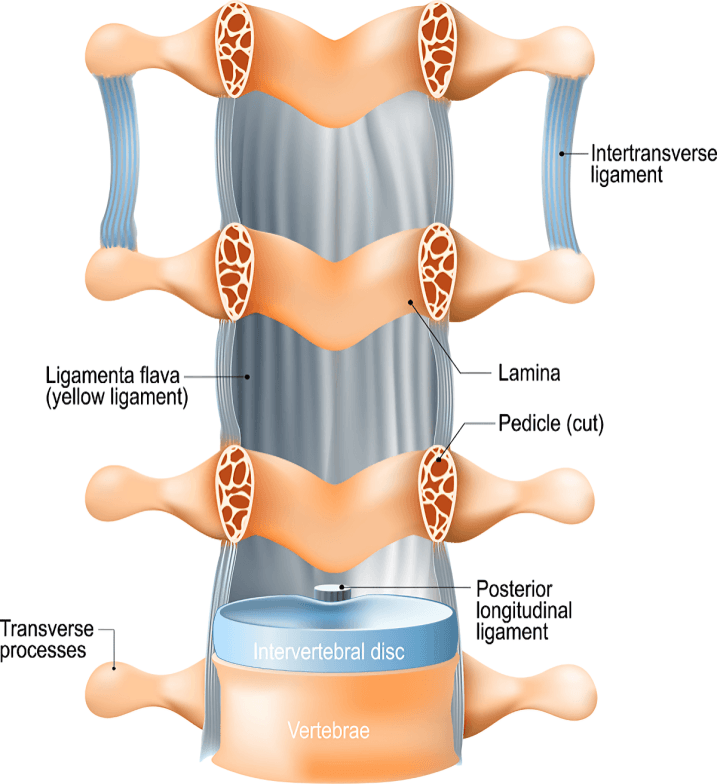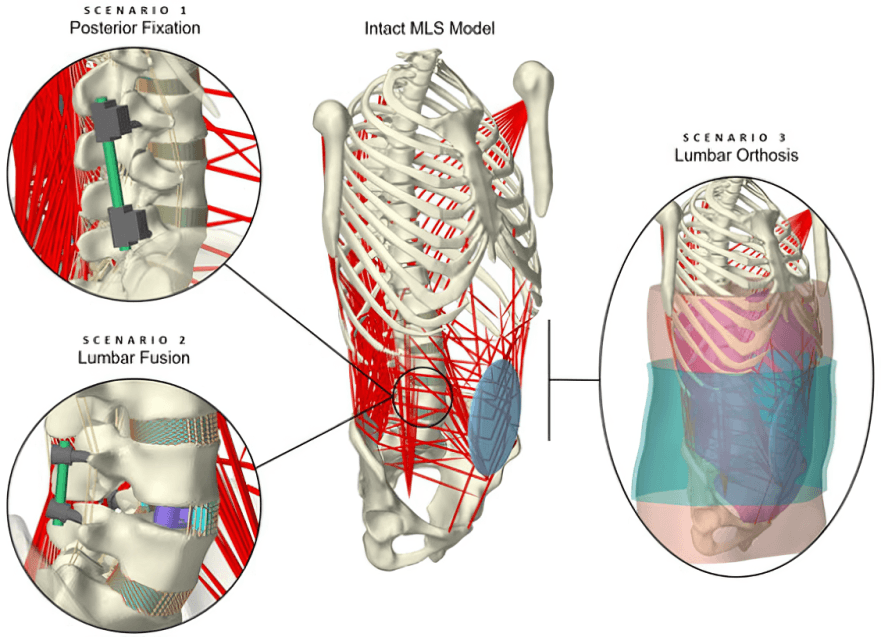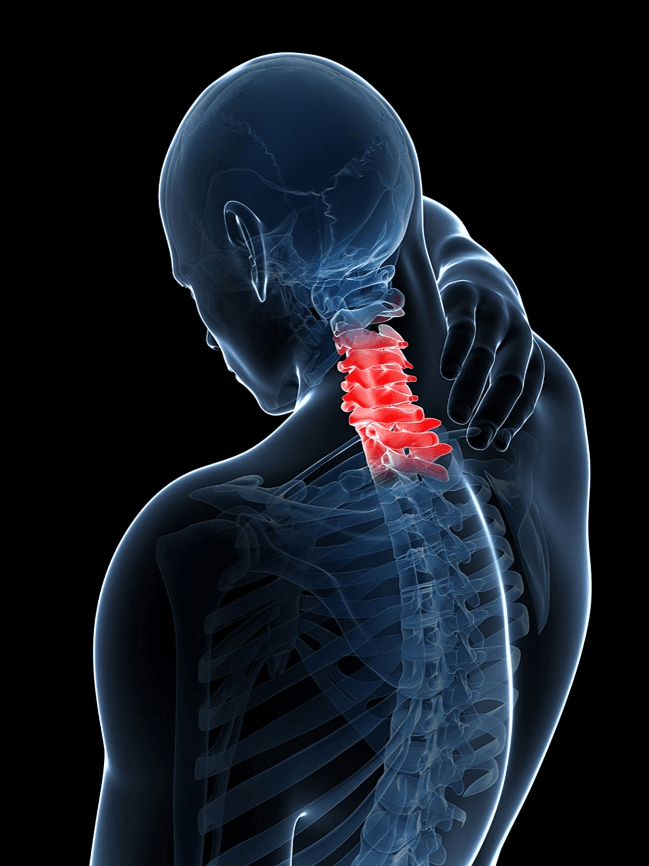
“
The vertebral column and cord protection system is a marvel of biological engineering, built to provide structural support, flexibility, and—most importantly—safeguarding of the delicate spinal cord. Acting as a bony shield, the vertebral column encases the spinal cord, guarding it against injury while enabling upright posture and smooth movement. 1
1
”
The vertebral column consists of 33 vertebrae in total, forming a flexible yet sturdy tube around the spinal cord and protecting it from both compression and mechanical injury during daily movements. 1
Cervical vertebrae at the top of the column not only support the skull but also allow head rotation and flexibility while housing and guarding the most vulnerable upper portion of the spinal cord. 2

The spinal cord itself doesn’t regenerate well, so the column’s bony and soft tissue protections—ligaments, discs, and muscles—are crucial to shield it from irreversible damage and loss of motor control.
Intervertebral discs between each vertebra act like shock absorbers, cushioning the spine and ensuring the spinal cord isn’t jostled or impacted during walking, jumping, or lifting heavy loads. 3
Ligaments such as the anterior longitudinal ligament and ligamentum flavum stabilize the vertebral column while preserving alignment, limiting extreme movements that could stress or pinch the spinal cord. 4
The vertebral canal is a continuous hollow formed by aligned vertebral foramina, perfectly sized to house and protect the spinal cord along its entire length from the brainstem to the lower back. 5
Vertebrae have a specialized bony arch—the vertebral arch—which surrounds the spinal cord posteriorly, reinforcing protection against trauma from the back and preventing potential injury. 6
Spinal nerves exit through tiny gaps called intervertebral foramina; the vertebral column keeps these pathways secure while enabling neural signals to travel without obstruction or compression. 7
The lumbar region bears the most weight and is prone to stress, so its vertebrae are thicker and stronger, giving maximum support while still sheltering the lower spinal cord and nerve roots. 8

Muscles like the erector spinae stabilize the spine during motion; by reducing strain on bones and discs, they indirectly protect the spinal cord from biomechanical stress and abrupt injury.
Spinal meninges—three protective membranes—lie between the spinal cord and vertebrae, adding another defense layer while enclosing cerebrospinal fluid for cushioning and chemical balance. 9
In conditions like scoliosis, the abnormal curve of the vertebral column can risk compressing the spinal cord or nerves, showing how crucial normal alignment is to cord protection and function. 10
During spinal surgeries, surgeons rely on detailed vertebral maps and real-time imaging to avoid accidental damage, emphasizing how tightly the cord is nestled within its bony protection. 11
Disc herniation occurs when the disc bulges and presses against nerves or the cord itself, revealing how even soft tissue elements of the vertebral column play a role in maintaining cord safety. 12
The sacrum and coccyx at the base of the column provide foundational support and stability, anchoring ligaments and muscles essential for movement while enclosing the tail end of the spinal cord. 13

Injuries like whiplash affect the cervical vertebrae, stressing the need for neck support in vehicles—preventing spinal overextension that could compromise the cord’s upper region.
The spine’s design is biomechanically brilliant; its ability to twist, bend, and extend without risking cord injury showcases how bone, cartilage, and ligament work in perfect coordination. 14
MRI and CT scans let doctors visualize the vertebral column and spinal cord in detail, enabling early detection of misalignments, disc issues, or lesions that could endanger the cord’s integrity. 15
Evolution shaped the vertebral column to accommodate bipedal movement, realigning spinal curves and structure to protect the spinal cord while freeing the arms for function and expression. 16
Philosopher René Descartes proposed that the spinal cord was part of the “machine” of the body, with reflexes passing through it, showing early insights into its critical role in bodily control. 17


